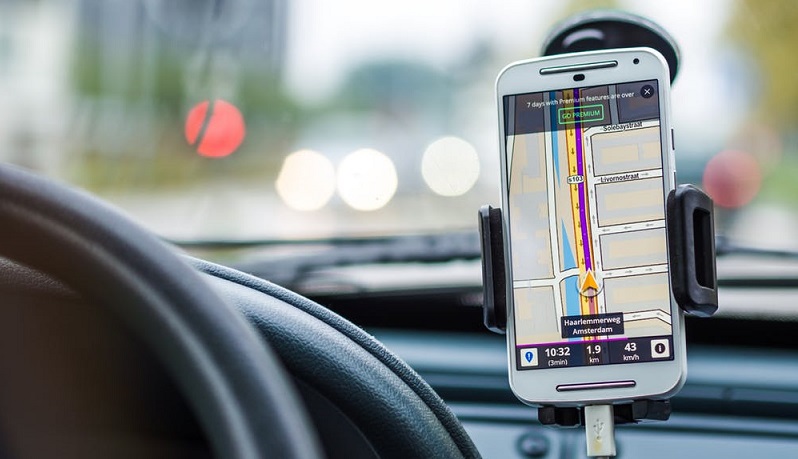Five years ago, launching a decent streaming platform took millions. Now? A teenager with a laptop can build something that reaches millions. That shift…
Remote-control your vehicle like a toy… with your smartphone! [Sponsored]

Many of us think that autonomous (driverless) vehicles controlled remotely are hi-tech innovations that are pretty far from our everyday driving. But recent testing on autonomous cars using smartphones as remote control units have shown that the driverless technology can become a part of our driving experience tomorrow. How?
Tirendo explains how autonomous car technologies can become handy on the example of Jaguar Land Rover.
A car that can park itself
Parking often becomes the most tedious part of driving for many car owners. Sometimes, you find your car ‘”locked” from all sides so you cannot even get into the car.
Getting out of the tight parking lot can add lots of stress to your everyday driving routine. Imagine a car that can easily and safely manoeuvre from any kind of parking position and one that you control just by standing outside the vehicle via your smartphone.
It’s like you used to do in your childhood when you played with a toy remote-control car — but now everything is real.
According to Dr Wolfgang Epple, the director of Technology and Research at Jaguar Land Rover, their Remote Control Range Rover Sport Testing Vehicle can easily handle all kinds of driving manoeuvres in all weather conditions and both on — and off-road with you (the driver) just staying safely outside and controlling everything with your smartphone.
The vehicle was recently showcased at the Future Tech in Gaydon, in the UK.
It’s like you used to do in your childhood when you played with a toy remote-control car – but now everything is real
A mobile app pre-installed on your smartphone enables you to “drive” your car out of the parking lot without getting inside (for example, when it’s physically impossible). You can also steer, brake, accelerate, and change gears just by moving your fingers on the screen.
The technology enables you to follow the car by foot at a comfortable pace (no faster than 4mph) to help it negotiate challenging conditions on any kind of terrain.
Who then might like to use this technology?
First of all, for people who often drive off-road this driverless technology would help the vehicle to ford a stream or negotiate a slippery terrain such as snow or mud.
The Multi-Point Turn technology enables the car to turn 180 degrees into the opposite direction, which is invaluable not only in encumbered car parks and dead-end roads but also when you have trouble with performing that nasty three-point turn.
A car that makes a decision for you
Seeing and assessing the road is the main issue in developing driverless vehicles. Engineers equip them with sensors that are able to detect pedestrians, other vehicles and assess available space, but autonomous cars, of course, cannot see the road like humans do. They just lack the feel.
But in some situations, an autonomous vehicle equipped with the sensors can make an objective and composed decision when a human would simply lose cool. This can help to make our everyday driving enjoyable and less stressful as well as prevent car accidents.
Jaguar Land Rover isn’t alone on this path. For instance, Mercedes-Benz has already presented their Remote Parking Assist. We predict that other car manufacturers might soon follow the example and offer their customers an opportunity to choose between engaged and driverless driving.

